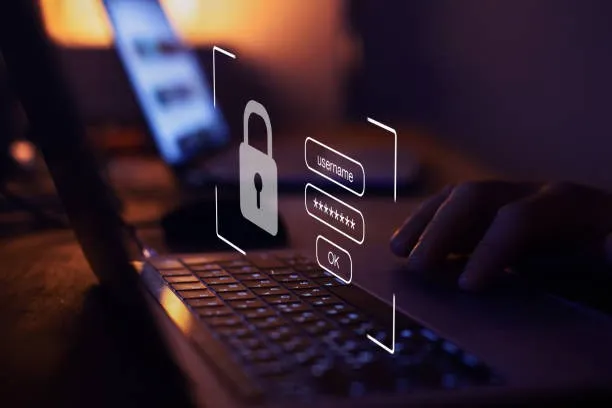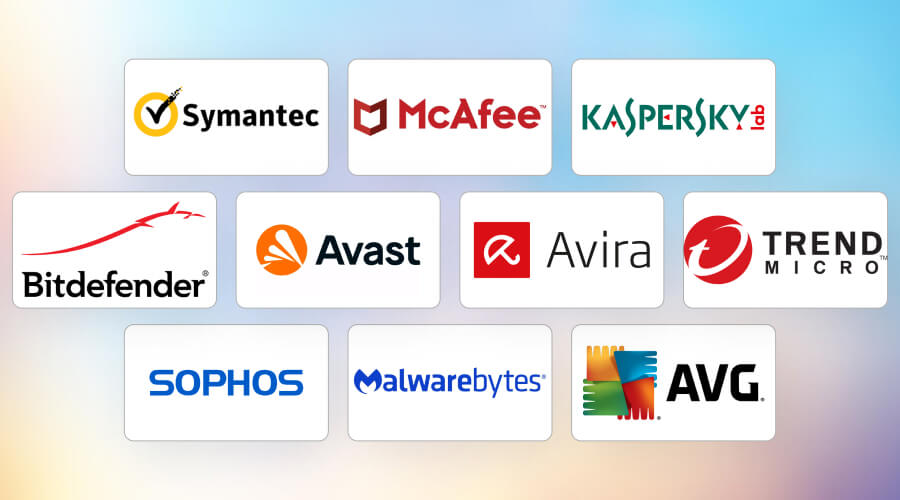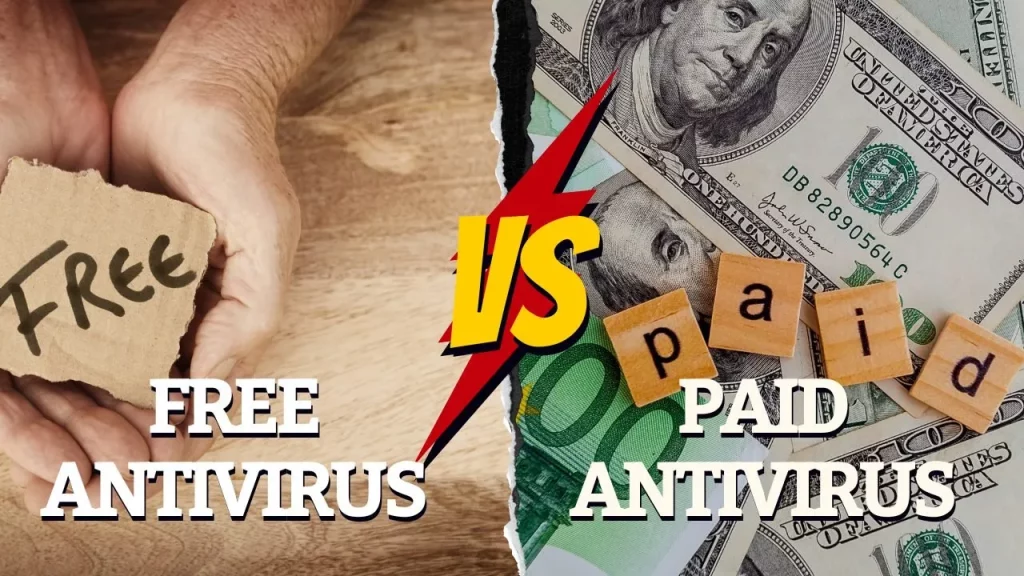In a world where we have dozens of online accounts — from banking and email to social media and shopping — having strong, unique passwords is one of the simplest yet most effective ways to protect your digital identity.
But what makes a password strong? And how can you remember them all without writing them down on a sticky note?
In this guide, we’ll walk you through:
- Why weak passwords are dangerous
- Characteristics of a strong password
- How to use a password manager
- Best practices for password security
Let’s dive in!
⚠️ Why Weak Passwords Are Dangerous
Using weak or reused passwords puts your personal information at risk. Cybercriminals often use automated tools to guess common passwords like:
123456passwordqwertyletmein
These passwords can be cracked in seconds , giving attackers access to your accounts, which could lead to identity theft, financial loss, or data breaches.
Common Risks of Weak Passwords:
- Brute-force attacks: Automated attempts to guess every possible password combination.
- Dictionary attacks: Trying common words and phrases found in dictionaries.
- Credential stuffing: Using stolen login details from one site to try accessing other accounts (especially when users reuse passwords).
✅ Characteristics of a Strong Password
A strong password isn’t just about mixing letters and numbers — it’s about making it unpredictable and hard to crack. Here’s what a strong password should include:
🧩 1. Length
The longer the password, the harder it is to guess. Aim for at least 12 characters .
Example:
PurpleTiger$LovesCoffee!2025(27 characters)
🔡 2. Mix of Characters
Use a combination of:
- Uppercase letters (A–Z)
- Lowercase letters (a–z)
- Numbers (0–9)
- Special symbols (!, @, #, $, etc.)
🤖 3. Avoid Personal Info & Common Words
Avoid using:
- Your name, birthdate, or family names
- Dictionary words alone (like “password” or “monkey”)
- Sequential patterns (like “abc123” or “1111”)
🔄 4. No Reuse Across Accounts
Never use the same password for multiple services. If one account gets hacked, others become vulnerable too.
🗝️ How to Use a Password Manager
Trying to remember dozens of complex passwords is nearly impossible — that’s where password managers come in.
What Is a Password Manager?
A password manager is a secure tool that stores all your passwords in an encrypted vault, accessible with a single master password.
Benefits of Using a Password Manager:
- Generate and store strong, unique passwords automatically
- Fill in login forms with one click
- Sync passwords across devices (PC, phone, tablet)
- Alert you if any of your passwords have been exposed in a data breach
Popular Password Managers:
Once you set up a password manager, you only need to remember one strong master password .
🛡️ Best Practices for Password Security
Here are some essential tips to keep your passwords safe:
1. Enable Two-Factor Authentication (2FA)
Even with a strong password, 2FA adds a second layer of protection — such as a code sent to your phone or generated by an authenticator app.
2. Change Default Passwords
If you buy a new device or install software, always change default passwords immediately.
3. Don’t Share Passwords Publicly
Avoid sending passwords over email, text, or chat unless absolutely necessary — and never store them in plain text files.
4. Update Passwords Regularly (When Necessary)
You don’t need to change passwords monthly unless there’s suspicion of compromise. Focus more on quality over frequency .
5. Check for Breached Passwords
Tools like Have I Been Pwned let you check if your email or password has appeared in known data breaches.
📋 Final Checklist: Are Your Passwords Secure?
✅ Do you use a mix of uppercase, lowercase, numbers, and symbols?
✅ Are your passwords at least 12 characters long?
✅ Do you use different passwords for each account?
✅ Are you using a password manager?
✅ Have you enabled two-factor authentication wherever possible?
✅ Have you checked if any of your passwords were exposed in a breach?
🔒 Stay Safe Online
Creating and managing strong passwords doesn’t have to be complicated — especially with tools like password managers and 2FA helping you stay protected.
By following the best practices outlined in this guide, you’ll significantly reduce your chances of falling victim to cyberattacks and ensure your personal data stays private.
Start today — update your weakest password first, and begin using a password manager to secure the rest.



